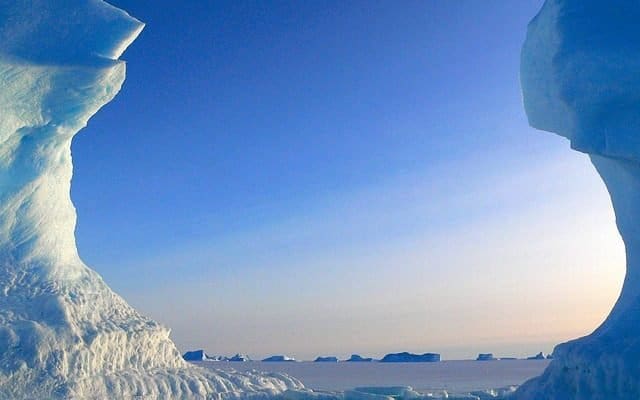Picture above from thewestsidestory.net
I’m in Europe for the summer. Here, the sentiment I’m getting from almost every news outlet, and from people I’ve met, is that of complete disbelief. There is also a sadness over the Trump administration’s denial about our warming planet, melting polar ice, rising sea levels and the US pulling out of the Paris Climate Accord.
The Paris deal, adopted after decades of climate advocacy, has been hailed by scientists and policy experts as a significant milestone, for both climate science and international cooperation. Scores of countries have affirmed their commitment.
–Jim Roemer
AS ARCTIC SEA ICE SHOWS RECORD DECLINE, SCIENTISTS PREPARE TO GO BLIND
In March 2017, when Arctic sea ice is typically at its winter maximum, circling U.S. satellites recorded an extent of just 5.57 million square miles. This was the lowest maximum in the record’s 38-year history, breaking the previous record set two years earlier and falling nearly half a million square miles below the 1981-2010 long-term average.
It is a well known fact that Arctic sea ice has been seriously declining since 2005, thanks to a series of U.S. Department of Defense satellites that have continuously recorded the region with passive microwave instrumentation since 1979. These satellites have provided scientists, citizens and governments with a thorough record of the changing Arctic. They have informed climate researchers and policy makers with mid-latitude weather predictions and geopolitical analyses. Such information has been useful to international shipping and natural gas exploration companies as the Arctic has continued to melt and open up for exploitation.
But that’s about to change.
The U.S. satellites currently in orbit are already past their expiry date, with some already cutting out. When these satellites fail completely, Arctic researchers warn, the ongoing scientific record keeping will come to an abrupt end, with no funding and no time left to replace the aging infrastructure.
For all intents and purposes, Arctic scientists, and the world, could very soon be blind to the tumultuous changes happening in the Arctic until 2022 or 2023, with no viable international systems coming on board in time to completely fill in the coverage gap.
The fault for the failure lies with a US Congress hostile to funding climate change research. Major cuts were made to the DMSP satellites when Obama was in office, and the situation is unlikely to improve under the Trump administration. In his proposed “skinny” budget released in March, and again in his budget, President Trump called for cuts to NASA satellite missions, including NOAA’s next two polar orbiting satellites.
(NEWS,MONGABAY.COM)–EXCERPTS FROM AN ARTICLE












